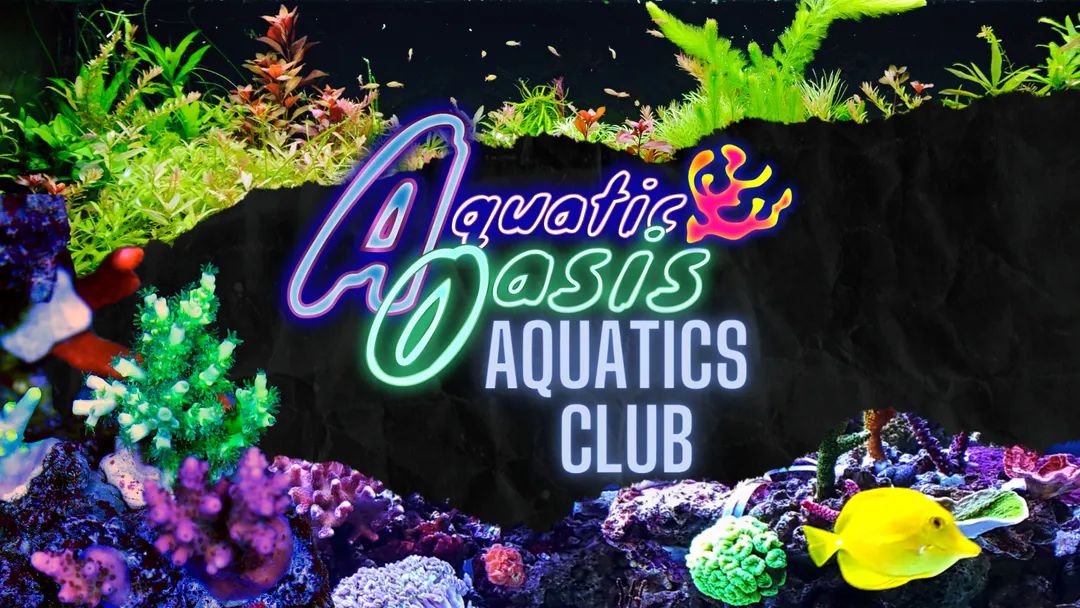Corn Snake - Asst. BASE Morph - Pantherophis guttatus
Not applicable with Auction Items
Home
Home
Animals
X
Google Classroom
An orange-red snake with darker red spots along its body, called a corn snake, slithers through the grass with its head lifted
A red-orange snake with dark red spots, called a corn snake, moving over a piece of wood
An orange-red snake with darker red spots along its body, called a corn snake, slithers through the grass with its head lifted
A red-orange snake with dark red spots, called a corn snake, moving over a piece of wood
This animal is not currently on exhibit
Corn snake
Pantherophis guttatus
Corn snakes are slender, orange or brownish-yellow snakes with a pattern of large, red blotches down their backs. They are most abundant in Florida and throughout the southeastern U.S.
Fact Sheet
Conservation
Physical Description
Corn snakes, sometimes called red rat snakes, are slender, orange or brownish-yellow snakes with a pattern of large, red blotches outlined in black down their backs.
Along their bellies are distinctive rows of alternating black and white marks, which resemble a checkerboard pattern. The name corn snake may have originated from the similarity of these markings to the checkered pattern of kernels of maize or Indian corn.
These snakes exhibit considerable variations in color and pattern, depending on their age and geographic range. Young hatchlings also lack the brighter coloration seen in adults.
Size
Corn snakes are approximately 61 to 182 centimeters (24 to 72 inches) long.
Native Habitat
Corn snakes are found in the eastern United States from southern New Jersey to Florida, into Louisiana and parts of Kentucky. They are most abundant in Florida and other southeastern states.
Introduced populations have been recorded on several islands in the Caribbean, with established populations in the Bahamas (New Providence and Grand Bahama), Grand Cayman, the U.S. Virgin Islands (St. Thomas) and the Lesser Antilles.
These snakes inhabit wooded groves, rocky hillsides, meadowlands, woodlots, rocky open areas, tropical hammocks, barns and abandoned buildings.
Lifespan
Corn snakes live up to 23 years in human care, but their lifespan is shorter in the wild.
Food/Eating Habits
These constrictors bite their prey to get a firm grip, then quickly coil themselves around their meal, squeezing tightly until the prey is subdued. Finally, they swallow their food whole, usually headfirst. Corn snakes have also been observed swallowing small prey alive.
These snakes typically feed every few days. Young hatchlings eat lizards and tree frogs, while adults feed on larger prey, such as mice, rats, birds and bats. At the Smithsonian's National Zoo, corn snakes eat mice and rats.
Sleep Habits
Corn snakes are primarily diurnal, or most active during the day. Corn snakes readily climb trees and enter abandoned buildings in search of prey. However, they are very secretive and spend most of their time underground prowling through rodent burrows. They often hide under loose bark or beneath logs, rocks and other debris during the day.
Reproduction and Development
Breeding season for these snakes takes place from March to May. Corn snakes are oviparous, meaning they lay eggs that later hatch. In late May to July, the female snake lays a clutch of 10 to 30 eggs in rotting stumps, piles of decaying vegetation or other similar locations with sufficient heat and humidity to incubate the eggs.
Adult corn snakes do not care for their eggs, which require about 60 to 65 days at a temperature of about 82 degrees Fahrenheit to hatch. The eggs hatch between July and September, and hatchlings are 25 to 38 centimeters (10 to 15 inches) long. They reach maturity in about 18 to 36 months.
When shipping live animals, 24 shipping is required for almost all. Shipping may be adjusted by AO due to holidays, weather conditions, or customer confirmation to be available.
If you successfully win an auction item, you will receive an email to confirm awarded auctions. Your payment request will also be in your login profile and an email as well.
Learn more about AO
Aquatic Oasis has a in store club that will soon be available to online subscribers as well. Stay tuned for details of the AO Aquatics Club coming soon. Register your email below to receive future information on AO Aquatics Club ONLINE


